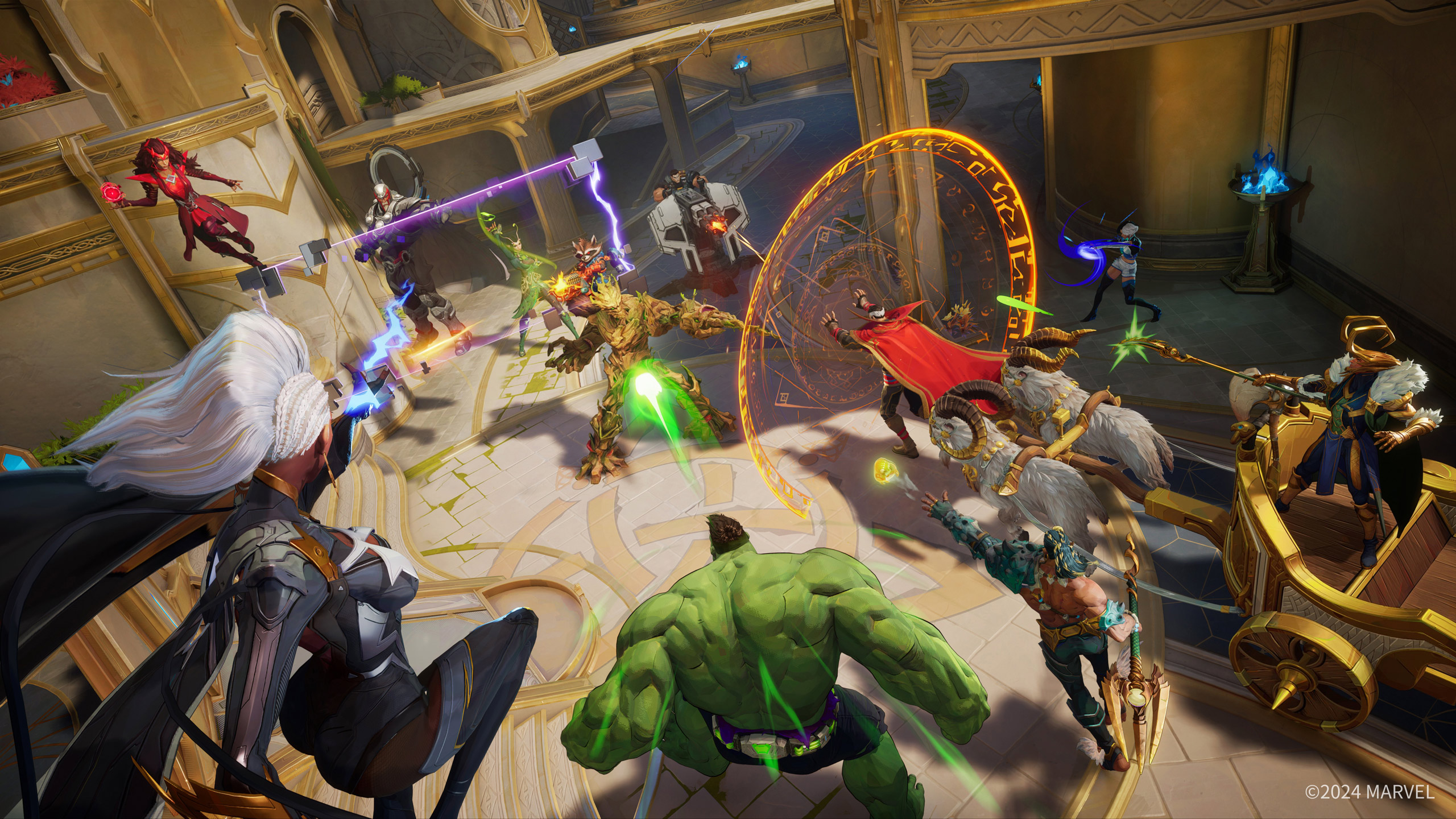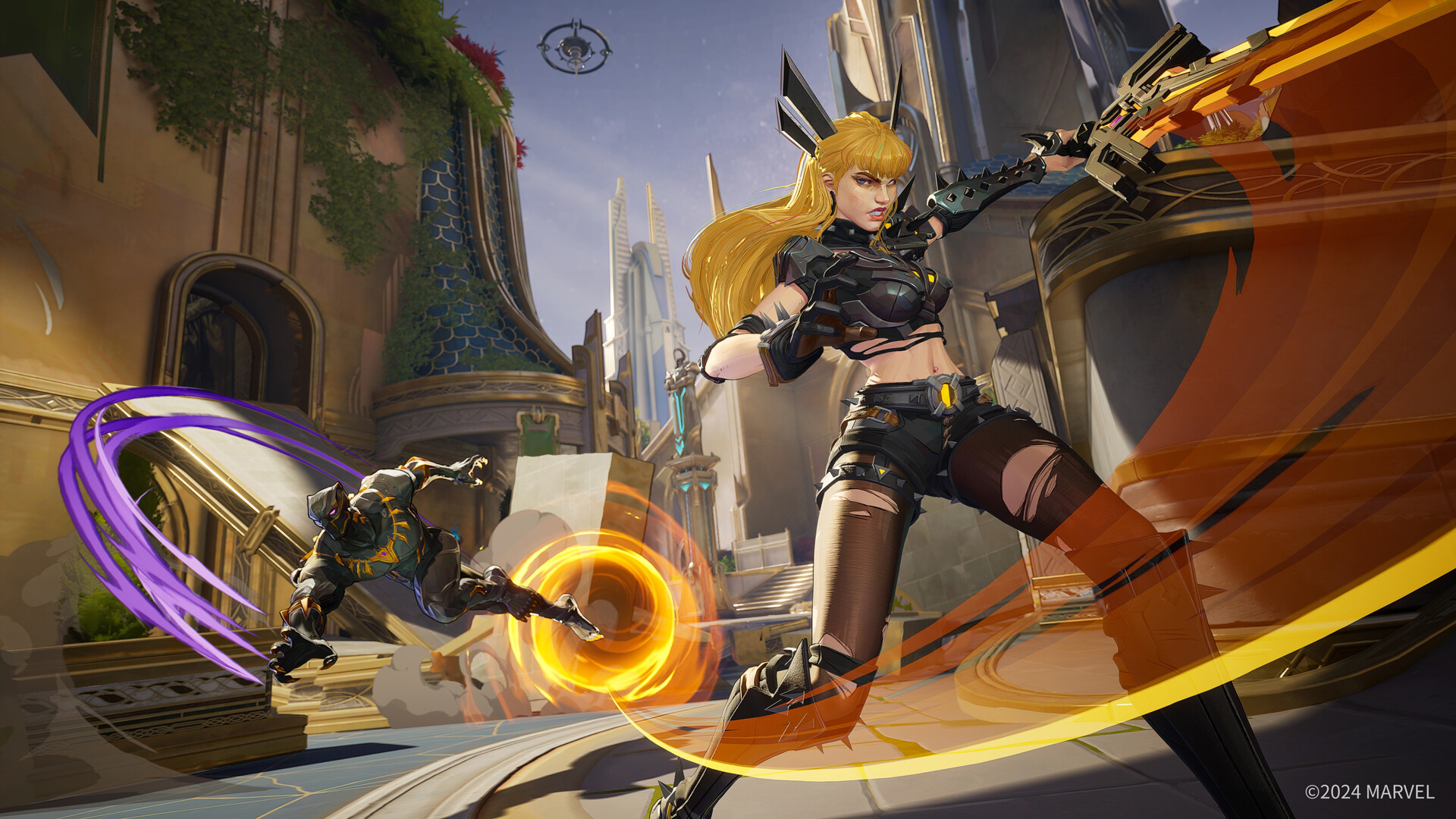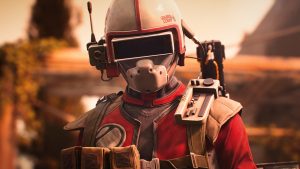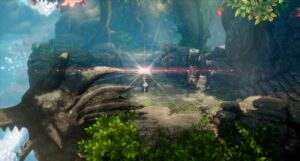
Breaking into the hero shooter space is no easy task, with stiff competition from the likes of Overwatch and Valorant making it increasingly difficult for even the most promising of games to find an audience, but with Marvel Rivals, NetEase Games is hoping to buck the trend. It helps, of course, that the upcoming free-to-play multiplayer title is tied to a massive licensed property, while the game itself has also looked increasingly promising in all that we’ve seen of it so far.
Hoping to learn more about how Marvel Rivals is coming together and about how NetEase Games has worked with Marvel to craft a hero shooter experience starring its many iconic heroes and villains, we recently reached out to its development team with some of our questions. You can read our interview below.
"Accessing the entire Marvel multiverse for character selection has been an extensive process. Our team delved deep into the Marvel universe, exploring comics, MCU films, TV shows, and games for inspiration."
Having access to the entire Marvel multiverse, what has the process of deciding which characters will be playable been like? What sort of a balance do you look to strike between maintaining competitive balance and how fun or interesting a character would be for players to play as?
Accessing the entire Marvel multiverse for character selection has been an extensive process. Our team delved deep into the Marvel universe, exploring comics, MCU films, TV shows, and games for inspiration. While our designs draw from various sources, the primary inspiration originates from the comics, with most characters created based on their comic designs. Collaboration with Marvel Games has been pivotal. We trust their mastery of the Marvel IP, while they rely on our game design and production capabilities. Marvel Games ensures overall IP authenticity, while we handle hero concept, design, and production to maintain game quality.
Balancing the competitive aspect with the fun factor for players is a complex task, particularly when dealing with the array of abilities possessed by Marvel characters, which range from the realistic to the fantastical. Translating these abilities into gameplay can present challenges in terms of realism and balance. However, our team has risen to this challenge. We’ve meticulously evaluated and fine-tuned all abilities through rigorous internal and external testing to ensure relative balance across various environments.
While maintaining competitive balance is crucial, we also prioritize faithfully replicating the heroes’ abilities to enhance player immersion. For example, Doctor Strange’s Sling Ring portal allows for swift spatial maneuvers, while Loki’s ability to create illusions and clones adds an element of confusion for enemies. His ultimate skill involves transforming into another hero, utilizing their abilities, and enriching the gameplay experience.
There’s an incredible level of variety in the powersets that Marvel heroes and villains tend to have at their disposal. How challenging has it been to ensure that each character feels mechanically fleshed out and fun to play as, in spite of how different they are from each other in terms of what they can do or even how they might move about?
One of our greatest challenges has been designing and effectively expressing a diverse set of primarily melee-based Super Heroes, such as the Hulk, Venom, Magik, Black Panther, Spider-Man, Thor, and others.
While each possesses unique abilities, their shared focus on close combat presented a significant design hurdle. As a team-based combat game, mishandling these melee dynamics could lead to battles lacking depth, becoming chaotic and less enjoyable.
However, the expansive capabilities of Marvel’s characters provided us with abundant opportunities for exploration and utilization. For instance, with the Hulk, we’ve designed and replicated his extraordinary leaping ability, enabling him to knock flying opponents out of the sky, making him a nemesis to airborne heroes, and adding a unique dimension to his combat style.
Venom’s symbiote characteristics have been extended to provide mid-range combat capabilities, complementing his primary melee focus. Likewise, Spider-Man’s agility has been fully utilized, enabling seamless combat across both close and long ranges, empowering players to adapt their combat style based on the demands of battle.
This approach ensures that each character feels mechanically fleshed out and offers an engaging gameplay experience.
"One of our greatest challenges has been designing and effectively expressing a diverse set of primarily melee-based Super Heroes."
What can you tell us about how you’ve approached map design in Marvel Rivals, especially given the fact that the locations you’re designing are being pulled from a wealth of beloved properties and stories?
In crafting the maps for Marvel Rivals, our approach involves close collaboration between the narrative, level design, and art teams.
The narrative team initiates the map design process by creating the map’s story and world setting, emphasizing the conflict between factions, and the presence of Chronovium.
We then establish core information points and work closely with the level and art teams to create an initial map framework. After that, we focus on creating numerous Easter eggs to bring the story to life. This involves text setting, original art design, model creation, and special effects, each requiring meticulous attention to ensure alignment with the initial design concept. Our goal is to present players with a map that tells a compelling story.
However, we go beyond static storytelling. We follow a “Full IP Integration Process” to deeply integrate the map’s narrative with gameplay, spanning loading screens, character selection, entrance and battle animations, and endings.
For instance, in Yggsgard, the loading screen depicts Loki’s usurpation of the throne and the sap extraction from Yggdrasill, setting the stage for the map’s narrative. The hero selection and entrance animation further immerse players in the story, with the attacking side choosing characters at the Observatory of Heimdall before crossing the Bifrost Bridge to enter the map, while the defending side selects heroes under the watchful eye of a crow. Observant players may notice that this is the same crow perched on Loki’s shoulder in the loading animation.
During gameplay, the attacking side protects Thor’s chariot, which carries Jarnbjorn – a mighty battle axe from his younger days. As the attacking side approaches Yggdrasill, the illumination of Yggsgard gradually darkens, symbolizing the weakening of Loki’s magic.
Victory results in the destruction of Loki’s sap extraction device by Jarnbjorn, while defeat leads to Jarnbjorn being crushed by Loki.
The story of Tokyo 2099 is even more intriguing. The spawn point in Shin-Shibuya is the laboratory of Spider-Zero, where players can interact and hear her pleas for help.
When the attacking side reaches the target area, they find Spider-Zero trapped in a cage. As the attacking side approaches Budokan, all of Shin-Shibuya’s electronic billboards are invaded by the Master Weaver warning Spider-Zero not to advance.
Upon victory, Spider-Zero is transported from Budokan to Spider-Islands.
The subsequent story of Spider-Islands, included in the CBT, requires the attacking side to continue escorting Spider-Zero to the Shrine of the Weaver. If the attackers win, players will witness Spider-Zero repairing the cracks in Tokyo 2099’s sky; if the defenders win, it will be the Master Weaver who repairs the sky.
This narrative and gameplay integration is reflected in each of our maps, aiming to provide a distinctive experience alongside fast-paced combat!
Many games promise environmental destruction, but the list of the ones that implement it in a way that meaningfully impacts gameplay is much shorter. What can we expect from Marvel Rivals in this area? How much unpredictability and dynamism will the destructibility of environments impact matches in the game?
In Marvel Rivals, players can use environmental destruction to create a strategic advantage.
This feature is not just about blowing up the world, which is still very fun, but rather using terrain changes to affect the flow of combat. Players can tear down walls to create an alley to attack the enemy’s flank, break glass floors to airstrike unprepared enemies, and more.
This helps alter the overall gameplay structure and can create opportunities for dramatic reversals that can turn defeat into victory. For example, if your team is retreating on the frontline, you could break down a wall, sneak attack from an unexpected angle, activate your ultimate, and team wipe your rivals.
"In crafting the maps for Marvel Rivals, our approach involves close collaboration between the narrative, level design, and art teams."
What should players expect from Marvel Rivals’ metaprogression systems? Outside of matches, what goals will players be working towards, in terms of unlocks, cosmetics, and the like?
Players can expect a diverse range of objectives tailored to different playstyles, emphasizing enjoyment alongside rewards. Regardless of whether a player is competitive, casual, or focused on collecting, our game provides avenues for each type of player to find their own fulfillment and objectives.
It’s been previously confirmed that Marvel Rivals will follow a seasonal post-launch model, but what will the scope of these updates be? Will each update bring new characters, modes, or similar additions, or are you looking to spread that out based on what the game needs?
Marvel Rivals will follow a seasonal post-launch model, introducing rich gaming content such as season stories, events, new maps, heroes, etc. We prioritize sustained product excellence and aim to forge strong connections with all players, actively seeking and incorporating feedback to continually enhance the experience, ensuring that every Marvel Rivals player enjoys a rich gaming experience.
- Season Maps: Each season will feature a themed map, complete with a season story and plot development, offering players a fresh experience within the Marvel Universe.
- New Heroes: New heroes will join the battle lineup based on the season story and plot progression, bringing with them new Team-Up Abilities that will alter the battle environment, adding more fun and challenge.
- New Modes: New gameplay will be introduced, exploring the unlimited possibilities of the Marvel Universe with different combat and winning rules. Of course, before integrating these new modes into competitive gameplay, thorough balance and play tests will be conducted to ensure a high-quality gaming experience.

















